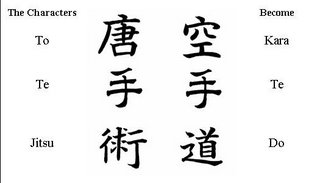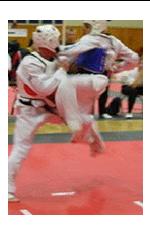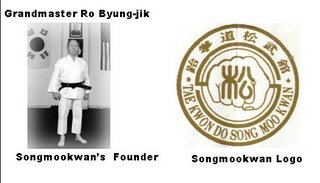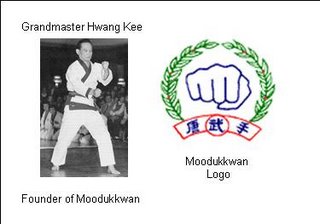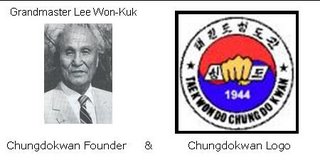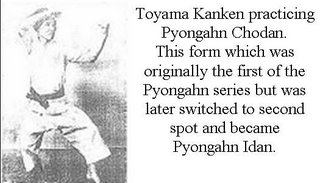Many readers have asked me for an updated site index so that they could find pages quickly and easily, so here it is...
The Taekwondo-4self-mastey Site Index
You can go straight to the page you are looking for from here without searching around the site and wasting valuable time.
In the
Spirit of Wisdom we hope you enjoy your visit to our site...
Site Map
Taekwondo for physical, mental and spiritual growth. :This website is dedicated to the self-mastery that can be achieved through the Korean martial art of Taekwondo
Self-Mastery-Blog:The Self-Mastery-BLOG keeps you up-to-date with the latest changes in the personal development and taekwondo fields, as well as changes to the Taekwondo-4self-mastery.com website. Subscribe here.
Toyama Kanken 1888-1966:click here ot learn about toyama kanken, one of the fathers of karatedo who taught some of the fathers of taekwondo tote-jitsu the okinawan roots of modern taekwondo:click here to learn more about tote-jitsu the okinawan roots of taekwondo gishin funakoshi:click here to learn about the okinawan karate master gishin funakoshi that was to teach many of the fathers of taekwondo power of journaling:Click here to learn what the power of journaling is and how to raise the quality of your daily life
reticular-activating-system:the reticular-activating-system is the search engine of your mind
i am a grandmaster and it depresses me:I am a grandmaster...And it really depresses the hell out of me.
thick face, black heart:"thick face, black heart is a book on strategy on the same level as sun tzu's art of war. it has been kept secret do to it's ruthlessness
mastering taekwondo:"Click here to learn more about the the 4 steps to mastering taekwondo skills or anything else.
taekwondo early history:the true taekwondo early history traces the roots of taekwondo to japanese karate and okinawan tote-jitsu.
taekyun:Taekyun: Korea's True Ancient martial art..... to learn more click here.
9 kwans:the 9 kwans were the nine original schools of taekwondo that became the kukkiwon and world taekwondo federation.
chungdokwan:chungdokwan: click here to learn the history and traditions of one of the five earliest systems of taekwondo.
jidokwan:Jidokwan is one of the original five kwan's of Taekwondo that can be traced back to it's chinese and japanese origins. Click here to learn more.
moodukkwan:moodukkwan: the gym of martial virtu`: one of the systems that was instrumental in the development of taekwondo.
songmookwan:Songmookwan the Pine Tree School (Shotokan), Founded by Ro-Byung Jik based upon his Shotokan training.
changmookwan:Changmookwan, Learn about one of the "Brother Kwan's" of Chosen Yunmookwan
hanmookwan:Hanmookwan is a style based upon the teachings of Chun-Sung Sup that developed after his death. Click here to learn more.
kangdukwon:kangdukwon: a prestigious style of taekwondo that is an offshoot of ymca kwanbup bu. Click here to learn more.
jungdokwan:Jungdokwan, one of the early school that developed while maintaining a good relarionship with its parent Kwan, Chongdokwan. To find out more click here.
ohdokwan:Ohdokwan the style of Taekwondo founded by General Choi-Hong Hi, known as the Army Style.
kongsoodo:kongsoodo
taesoodo:click here to learn about the korean taesoodo association, which would become the korean taekwondo association
taekwondo forms origin:taekwondo forms origin traces the modern taekwondo forms to their roots in okinawan and japanese kata
korean taekwondo association:learn about the evolution from taesoodo to what would become the korean taekwondo association
kukkiwon:kukkiwon...or more exactly kukki taekwondo is the world leadership of taekwondo
world taekwondo federation:World Taekwondo Federation the largest martial sports organization in the world. Click here to learn more.
international taekwondo federation:International Taekwondo Federation: The Organization founded by General Choi-Hong Hi who claimed to be the Father of Taekwondo. Click here to learn more.
usa taekwondo: the wtf affiliated governing body of taekwondo in the usa:usa taekwondo: click here to learn more about the wtf affiliated governing body of taekwondo in the usa
taekwondo Forms:taekwondo forms are the fundamental training tool of the student of the inner aspects of taekwondo. It is meditation in motion.
taekwondo uniform:A discussion of the History of the Taekwondo Uniform and it's relationship to the Karatedo-gi
dojung: a place of for practicing taekwondo:dojung: The place of self mastery through the art of taekwondo. Click here to learn more
dojung rules:Dojung rules to ensure maximum benefit and enable self-mastery. Click here now.
hoshinsul:hoshinsul..…grappling taekwondo style. Click here to learn more about taekwondo's self-defense techniques
breaking boards, bricks, cement, and stone to measure the power of taekwondo:
taekwondo belt system:Click here to learn about the taekwondo belt system.
count korean:All taekwondo students should understand the korean way of counting.P>
taekwondo-blackbelt:Click here to learn about the taekwondo-blackbelt, the first step in the process of masteing the art of taekwondo.P>
american taekwondo association: the fastest growing association in taekwondo:
master: :Master of Taekwondo, Sabamnim: click here to learn what it takes to be considered a master of taekwondo
grandmaster: :Learn the difference between a master and grandmaster of taekwondo
sabamnim :sabamnim, someone who teaches by the way he lives his life.
eight manners of solemnity :Click here to learn about the eight manners of solemnity the spiritual guidelines of the wisdom school of taekwondo.
contact-us at taekwondo-4self-mastery with all of your qustions and ideas:
terms of useprivacy policy: click here to learn about taekwondo-4self-mastery.com's privacy policy.
You are at theSite Map. Click here to go to the Taekwondo-4self-mastery. com homepage.Yours in the
Spirit of Wisdom
Childan Sam Naples
Grandmaster Chun Taekwondo
Jidokwanwww.taekwondo-4self-mastery.com
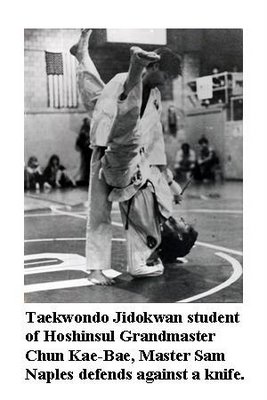 ...the many aspects of self mastery that include: developing martial arts skills, as well as physical, emotional, spiritual and life skills.
...the many aspects of self mastery that include: developing martial arts skills, as well as physical, emotional, spiritual and life skills.